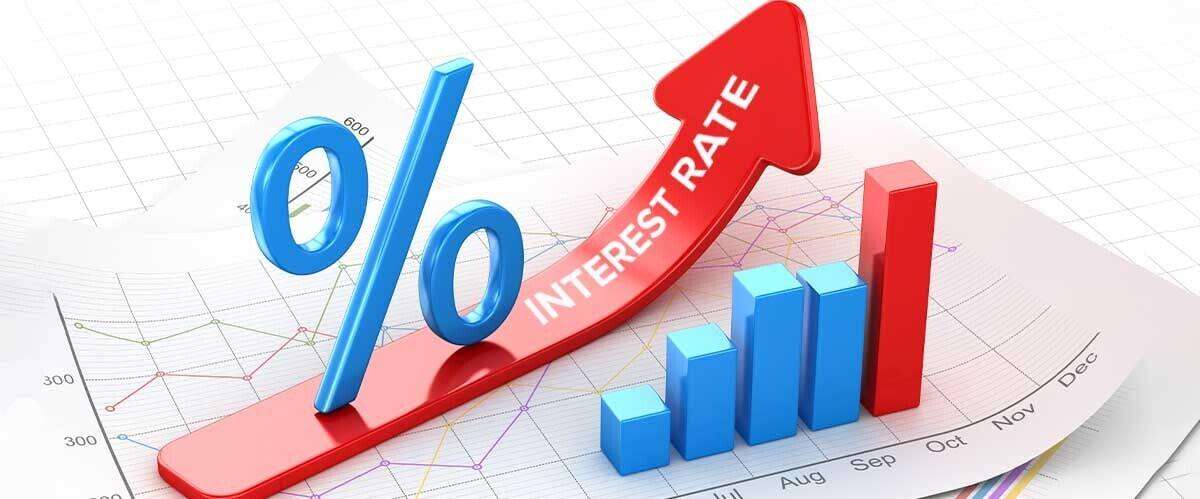Introduction
Interest rates are a key factor in the economy, and they have a significant impact on consumer spending, borrowing costs, and economic growth. There are two types of interest rates – short-term and long-term. In this blog, we will discuss the relationship between short-term and long-term interest rates.
What are short-term and long-term interest rates?
Short-term Interest Rates
Short-term interest rates are the rates at which financial institutions borrow and lend money for periods of one year or less. They are typically determined by central banks and are used to manage the supply of money in the economy. Short-term interest rates are also known as the overnight rate, the federal funds rate, or the interbank rate.
Long-term Interest Rates
Long-term interest rates are the rates at which financial institutions borrow and lend money for periods of more than one year. They are determined by market forces, such as supply and demand, inflation expectations, and global economic conditions. Long-term interest rates are also known as bond yields.
The Relationship Between Short-term and Long-term Interest Rates

Short-term and long-term interest rates are closely related, and changes in one can impact the other. Here are some ways in which short-term and long-term interest rates are related:
Economic Growth
Short-term interest rates are used by central banks to manage the money supply in the economy. When the economy is growing too quickly and inflation is a concern, central banks will raise short-term interest rates to slow down borrowing and spending. This can cause long-term interest rates to increase, as investors demand higher returns to compensate for the increased borrowing costs.
Inflation

Inflation is another factor that can impact the. If inflation is high, central banks may raise short-term interest rates to reduce borrowing and spending. This can cause long-term interest rates to increase, as investors demand higher returns to compensate for the increased borrowing costs.
Investor Expectations
Investor expectations can also impact the relationship between short-term and long-term interest rates. If investors expect short-term interest rates to rise, they may demand higher returns on long-term investments to compensate for the increased borrowing costs. This can cause long-term interest rates to increase, even if short-term interest rates remain stable.
Conclusion
In conclusion, short-term and long-term interest rates are closely related, and changes in one can impact the other. Economic growth, inflation, and investor expectations can all impact the relationship between short-term and long-term interest rates. Understanding the relationship between short-term and long-term interest rates is important for investors and businesses to make informed financial decisions and adjust their strategies accordingly.



Thank you for your sharing. I am worried that I lack creative ideas. It is your article that makes me full of hope. Thank you. But, I have a question, can you help me? https://www.binance.info/ro/join?ref=V2H9AFPY